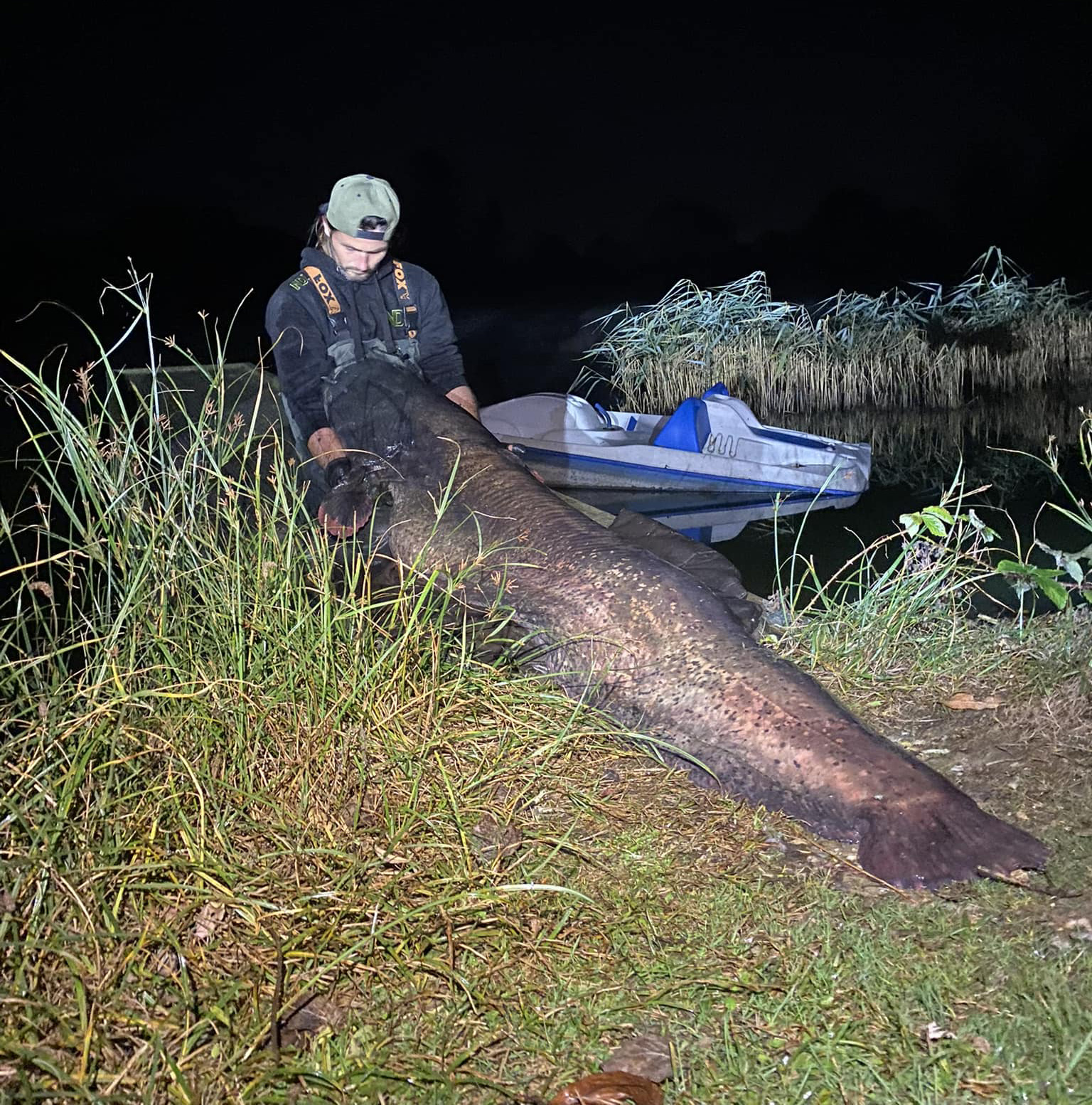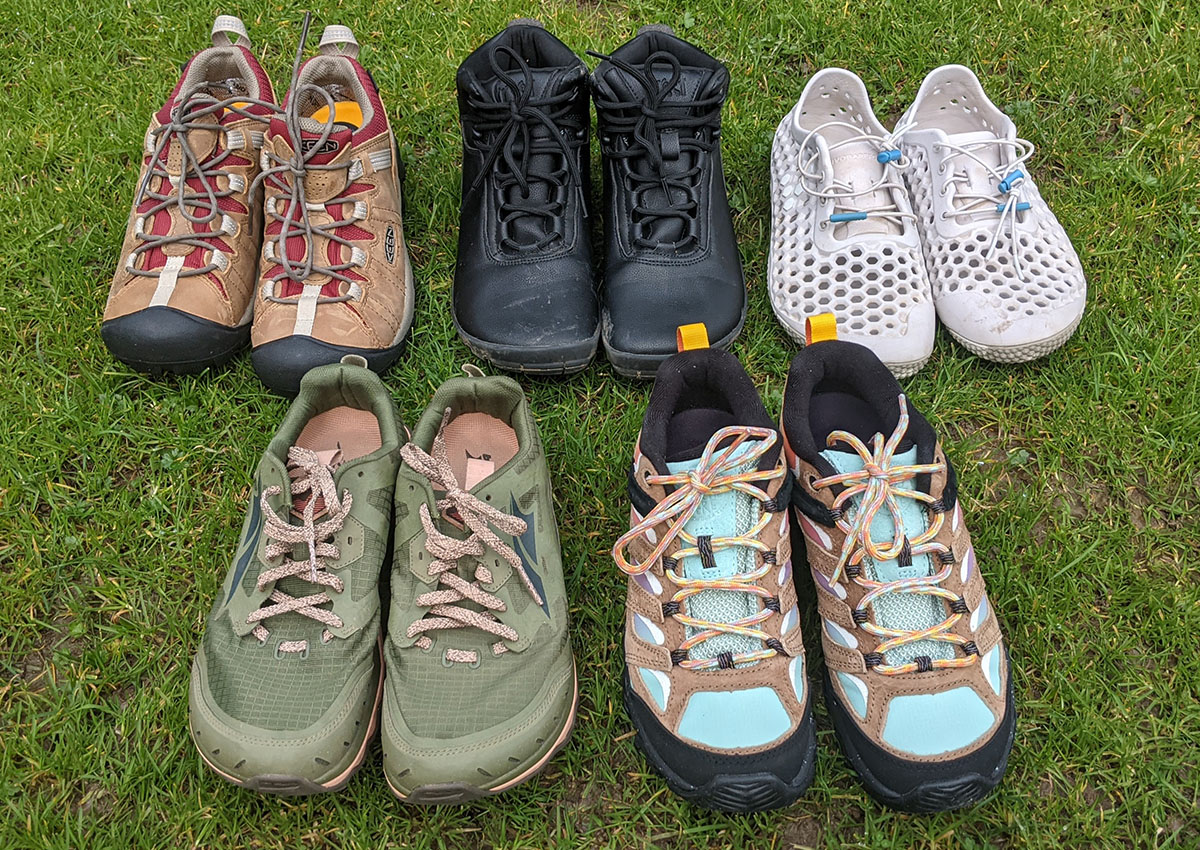9 Ways Old Bucks Behave Differently Than Younger Deer

Almost every deer on the farm is on its feet. Bucks and does of all ages are hammering food sources. They’re hungry after the rut, but there’s also a snowstorm incoming. Temps are dropping, and there’s a flurry of snowfall — and activity.
Even though the entire herd appears to be on its feet, one buck is still holed up in his fortress. It’s broad daylight, frigid, and snowing. The 5-year-old you want to kill refuses to leave his bedding sanctuary. He’ll move in daylight — all deer must move eventually — but not until it gets closer to dark.
It’s been said many times, but a deer and a mature buck are two different animals. Older bucks don’t just have more inches of antler on average — they have more wits, senses, and experience. You don’t get to be a five-year-old deer without learning how to survive in the wild, and that’s why these deer not only look different but behave in ways that don’t often align with the does and younger bucks we’re used to seeing. Here’s how.
1. Muscled-Up Body Structure
Hunters can use many physical signs to estimate a buck’s age, but the key I often look for is a buck’s muscle definition. Older whitetails look vastly different than their younger cohorts. Mature bucks have a muscled-up body structure that younger deer just don’t have. As deer progress through each age bracket, they exhibit different body structures.
For example, yearling bucks look like small does with antlers. Two-year-old bucks look like large does with antlers. Three-year-old bucks exhibit a more muscular frame but aren’t filled out just yet. Four-year-old bucks show significant swelling, with heavy shoulders and an enlarged brisket and neck. Five-year-old bucks and older exhibit even more body weight with heavy swelling of the neck, shoulders, and brisket. They might even begin displaying a pot belly and swayed back. Practice judging age in the field, and you’ll be able to better recognize an old buck when he shows up.
2. Unique Antlers
Every set of antlers is unique, regardless of the buck’s age. Still, as bucks reach older age classes, they express their genetic code and capabilities. Often, this leads to antler character traits that are usually present in older deer, regardless of the overall score or size of a deer. Examples include kickers, stickers, drop tines, and other unique antler points. It can even lead to greater numbers of points and other interesting non-typical characteristics. Even as they age and their antler size may decrease, older deer still tend to have more mass than younger bucks, particularly around the bases of their antlers.
3. Emerging Personality Types
Deer don’t have personalities in the human sense, but researchers have identified behavioral preferences that we can think of as personalities — particularly when it comes to their movements across the landscape. Some bucks are homebodies or wanderers. (One study found that 33 percent of bucks had a mobile personality.) And as bucks reach older age classes, these personalities can become even more apparent. For example, bucks might be more aggressive or passive. They might be more or less engaged in the rut. Perhaps they even express preferences for specific food sources. If you can start to identify those tendencies and preferences, you have a better shot of patterning your buck.
4. Smaller Home Ranges and Core Areas
A common myth suggests that bucks increase their home ranges as they age. For the vast majority of whitetails, this isn’t true. Numerous studies have determined that whitetail buck home ranges and core areas actually decrease in size as they get older. As they become more familiar with their surroundings, they learn the safest areas, best bedding, premier food sources, and more. This leads to a more distinct and deliberate use of the landscape. Hunting older bucks requires finding these smaller areas and home ranges and hunting them accordingly.
5. A Firm Understanding of Their Environment
As bucks get older, they become more in tune with their environment. They learn where hunters focus their efforts (we humans can become patternable and predictable) and how to avoid us. Older bucks use the landscape to their advantage, especially from a safety perspective.
For instance, bucks use thermal hubs, the low points in the topography where scent collects from the surrounding area. In other words, they don’t necessarily have to walk just downwind of your stand to know there’s a hunter in the area.
Another example includes bucks bedding in ways that give them a security advantage. For instance, mature bucks often bed on leeward ridges, ridge endings, bench edges, and more. Bedding in certain ways allows them to see danger coming from a distance while also smelling any threats upwind that could approach from behind them.
Bucks are also good at finding trails and travel routes that elude stand locations, blinds, and other hunting setups.
6. Expressing Specific Bedding Habits
Let’s dig even deeper into a buck’s bedding habits, all of which are proven methods that help mature deer detect danger before it detects them. From a scenting perspective, deer find many ways to benefit from prevailing winds and daily thermals.
Using Advantageous Terrain: Bucks tend to bed in areas with advantageous terrain. These locations give them better visibility but also provide winding advantages. As noted above, hilly and mountainous terrain allows deer to use topography to their advantage, but even flatland whitetails find ways to do this. Often, deer that bed in flatter creek or river bottomlands bed close to the water.
For example, deer routinely bed in oxbows. A location with water on three sides helps diminish the odds of a predator approaching from those directions. And if they do, deer can hear them coming through the water. Meanwhile, they can see danger that comes by way of land. If something does approach, deer can bolt out the back door and across the water to safety.
- Finding Overlooked Pockets of Cover: Bucks that get old do so because they find ways to survive. Generally, this includes finding overlooked pockets of bedding cover that hunters avoid. It could be by human design, via a designated sanctuary. Or maybe it’s cover that hunters overlook or avoid because it’s inconvenient, unattractive, or unassuming. Regardless, bucks find these places and use them.
- Bedding in Remote Locations: Most bucks continue to live their lives in the home ranges they established early in life. That said, they tend to begin sinking back into the most remote corners of this area as they age. If they continually get pressured throughout that home range, they may move on to new places. But the bucks that find themselves inhabiting the most remote wilderness tend to reach older age classes. This is because most hunters avoid hunting areas that require increased access effort.
- Bedding Against Boulders, Logs, and Other Objects: Does bed in family groups, and each one beds down looking in a different direction. Unless they’re in a bachelor group, bucks can’t rely on safety in numbers. Therefore, they are more likely to bed down against an object that shields their profile. Examples include boulders, logs, and other objects that conceal their outline.
- Using Water to Their Advantage: As noted above, bucks use water to their advantage. Deer routinely bed down in oxbows, up against creeks and rivers, and near lake edges offering cover. Furthermore, deer bed down on islands surrounded by water. Maybe it’s an island in the middle of a lake or river. Perhaps it’s a piece of high ground within a marsh or swamp. Over time, bucks learn predators avoid water. And when they don’t, deer see or hear them coming.
- Facing Downwind while Bedded: Bucks can easily spot movement approaching from downwind. They can hear predators approaching from every direction with ease. But the wind covers their backside. Therefore, mature bucks almost always bed down with the wind at their back. This allows them to cover every direction with at least one of their senses. If the wind shifts, they get up, reposition, and bed back down.
7. Altered Responses to Hunting Pressure
As mentioned above, bucks tend to express a unique personality type. Within those individual preferences comes varied responses to hunting pressure. Human intrusion impacts every deer differently, but most mature bucks don’t tolerate much of it. If they do, they’ve likely been conditioned to certain activities on the property. In other words, some mature bucks may tolerate more pressure than others, but in general, mature bucks won’t tolerate all of it.
8. Varied Participation in the Rut
Though all bucks are biologically motivated to participate in the rut, some individual bucks can be more active than others. Depending on an individual buck’s tendencies, they might be very active and move a lot during daylight, or they might be reclusive, searching for does at night and bedding back down before daylight.
Read Next: Best Hunting Rifles, Tested and Reviewed
9. Much Older Deer Get … Senile?
Numerous expert hunters I’ve talked to agree on one particular thing — bucks are hardest to hunt from ages four to six. Often when a buck hits seven, eight, or older, they seem to become more active during the daylight. Perhaps they become overconfident, get delusional and senile, or maybe they just care less. Regardless, they move more and get easier to kill again, almost as a 3-year-old buck would.
Final Thoughts
Hunting old bucks requires different approaches and tactics than hunting deer in general (does and younger bucks). So, put together a good plan this season, and tag that old buck that’s been haunting your dreams.
Read the full article here







